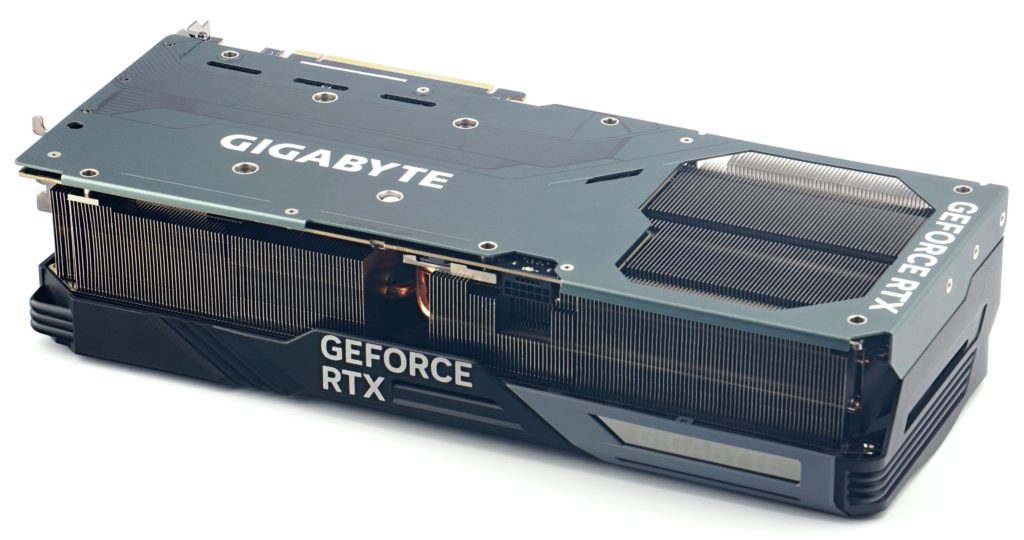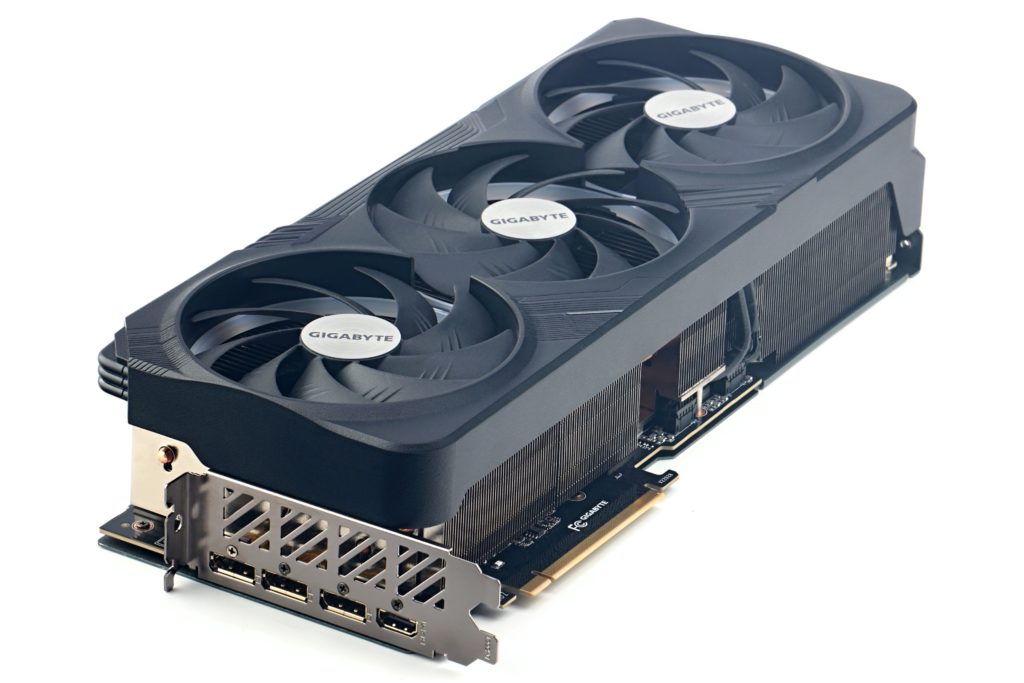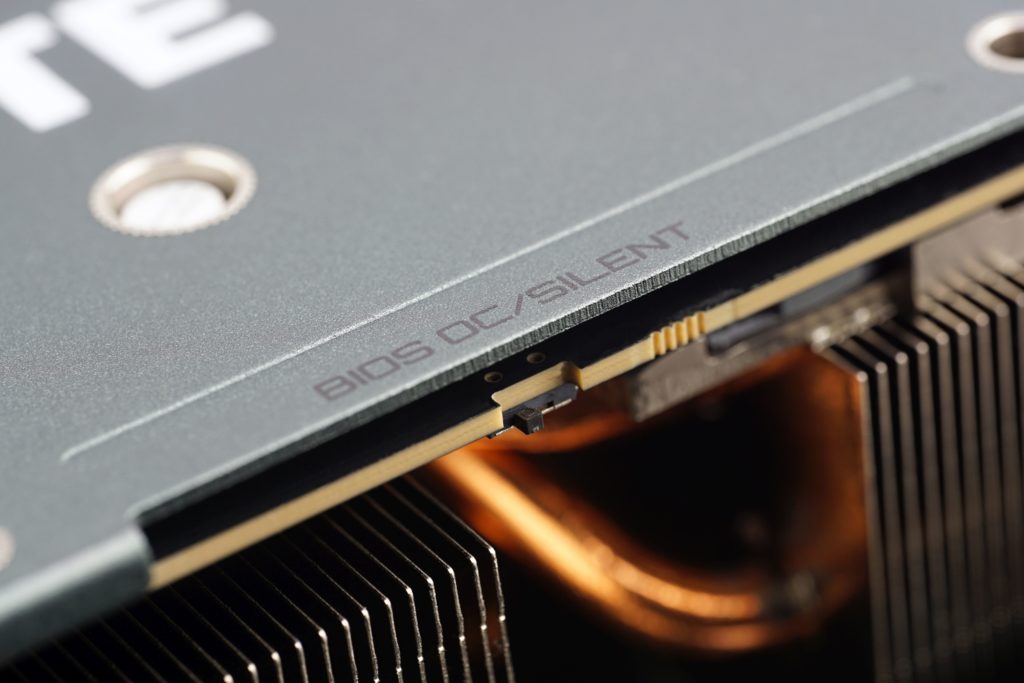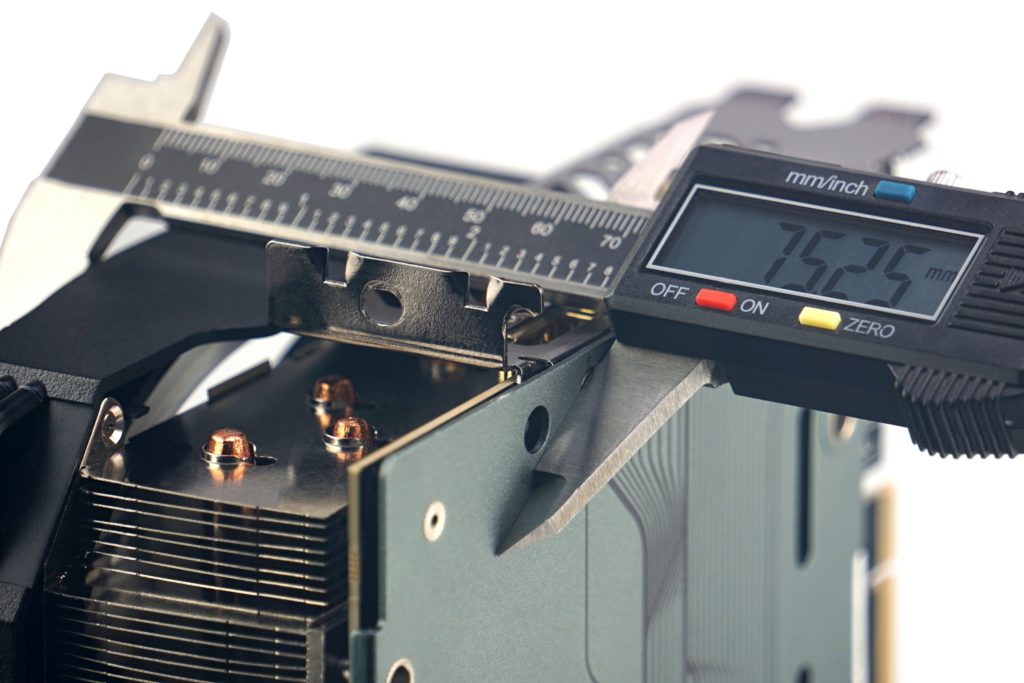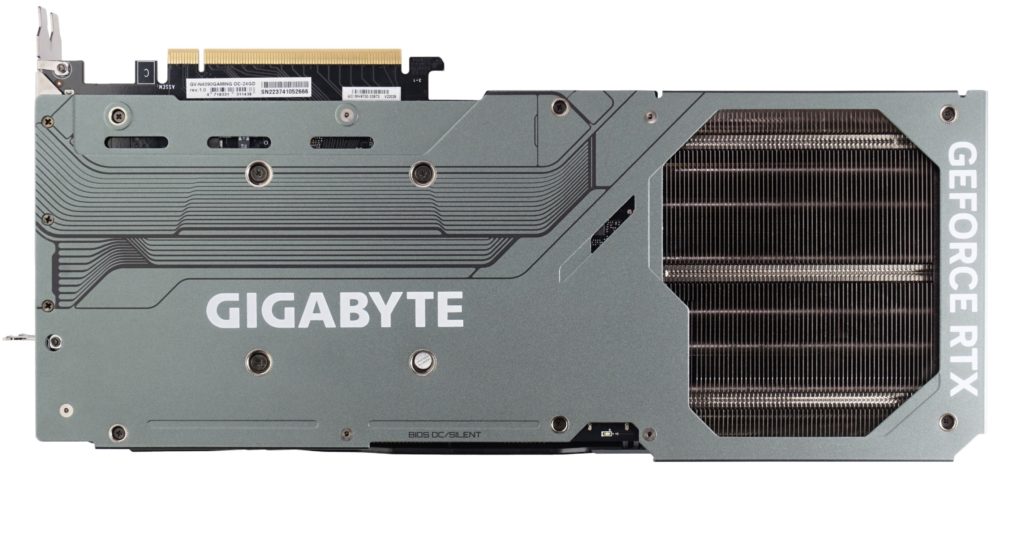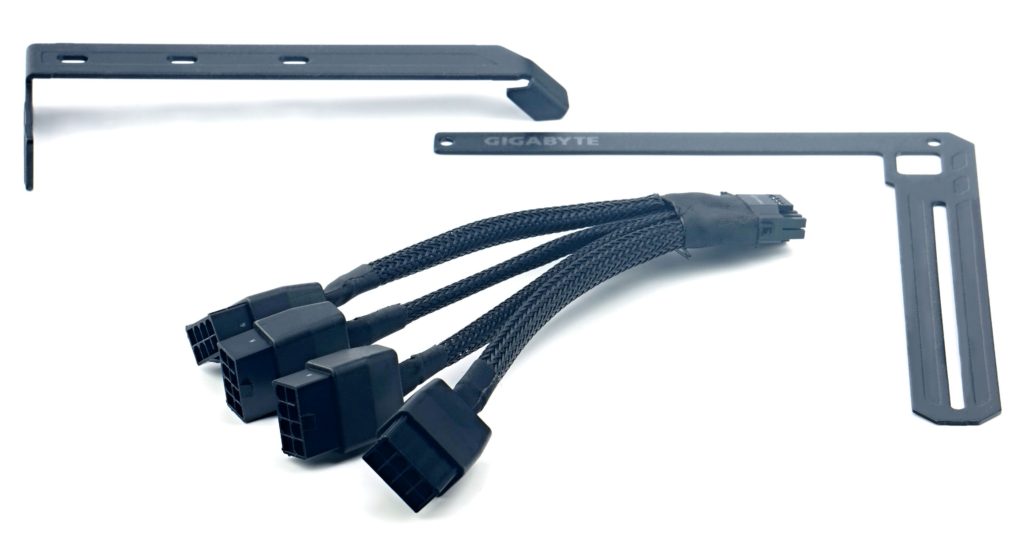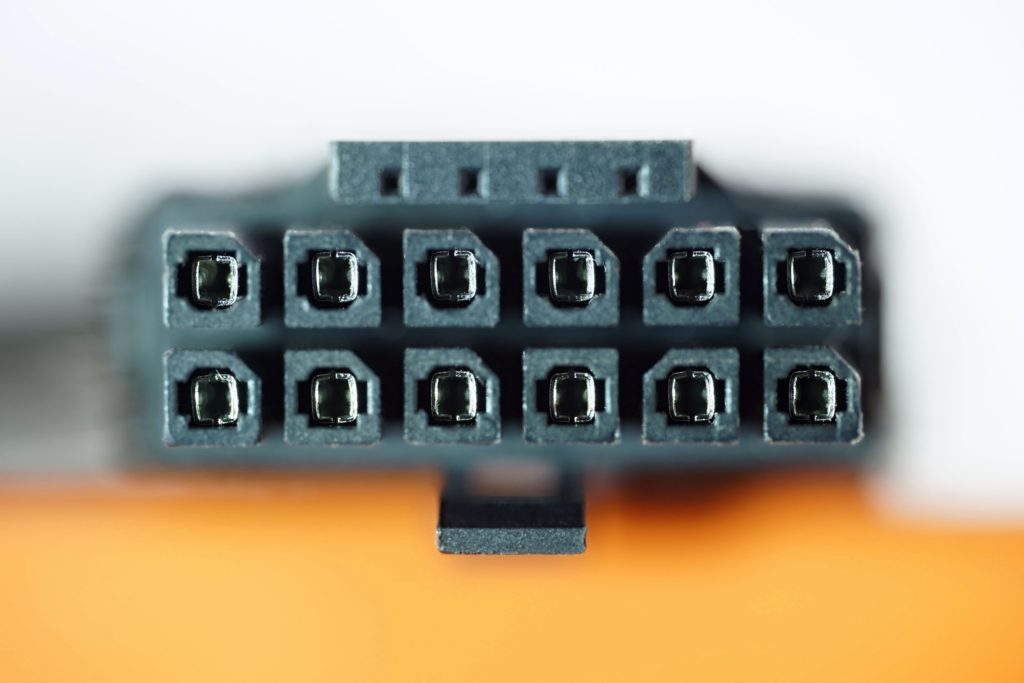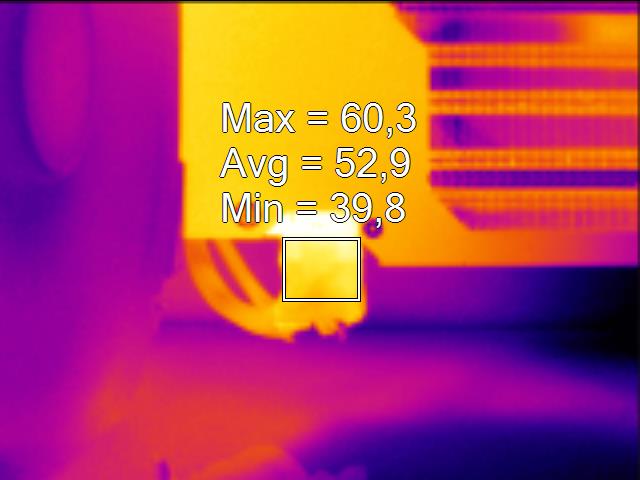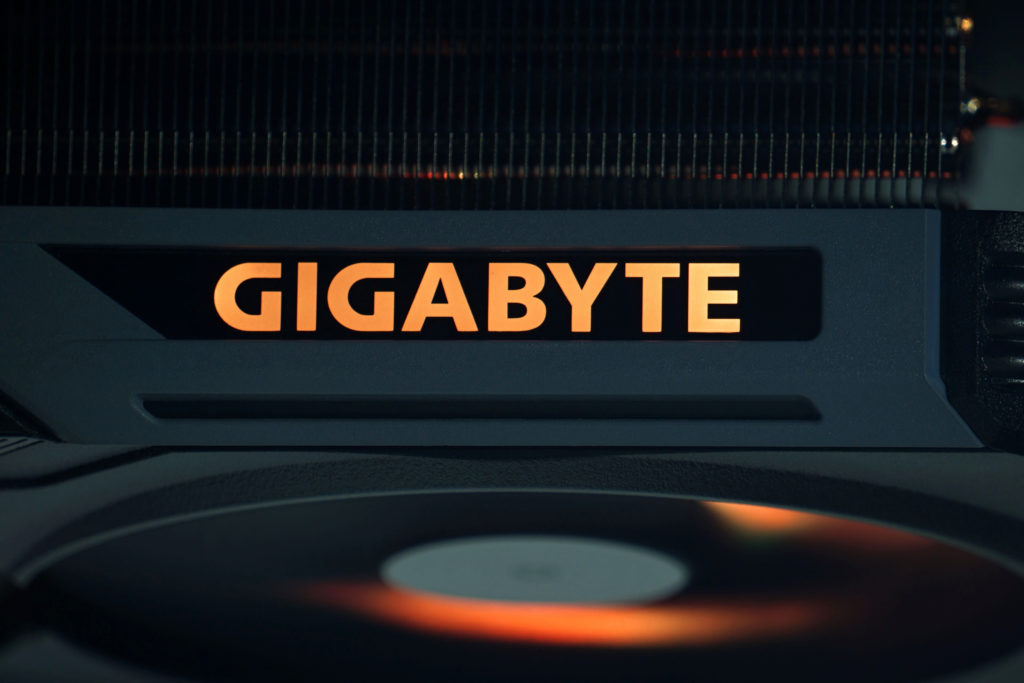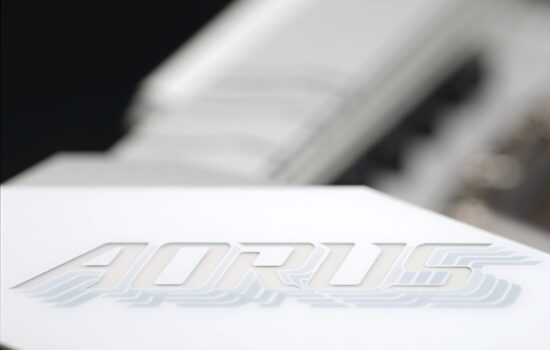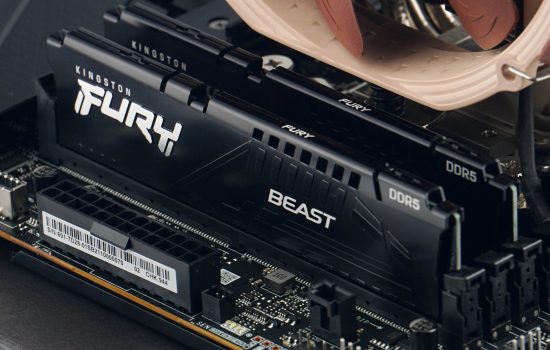Gigabyte RTX 4090 Gaming OC 24G in detail
For a long time they were missing in our test database, but now we are adding them – the results of a GeForce RTX 4090. When it comes to gaming performance, graphics cards with AD102 GPUs have no competition, but it often costs an extreme 450 W. The Gigabyte Windforce cooler handles such an onslaught by a wide margin though, on top of, and now hold on to your hats, non-loud coils, somewhere on the level of the RTX 3060 (Ti). Really.
The RTX 4090 core (GPU) is slightly smaller in terms of die area compared to the RTX 3090 (Ti), but significantly larger (by about 60%) than in the RTX 4080. With 128 SM blocks, the GeForce RTX 4090 has more than double the units of the RTX 4070 Ti. The memory capacity (GDDR6X) is also doubled, as is the width of the memory bus.
Memory bandwidth exceeds 1 TB/s, as the only gaming graphics card today. The RTX 4090 is actually in a category of its own. The TDP (450W) is on par with the RTX 3090 Ti, but the Ada Lovelace is, of course, a significantly more efficient architecture than the Ampere. Per unit of power draw, the intergenerational increase in speed is really significant, but we’re getting a bit ahead of ourselves…
Gigabyte RTX 4090 Gaming OC 24G in detail
The test sample of the RTX 4090 graphics card we have is the Gigabyte Gaming OC version. Compared to the Aorus Master, it is a lower range card, but with a more attractive price, better compatibility due to the slightly smaller size. However, it is still a huge graphics card weighing over two kilograms.
No expense has been spared on the body structure, the backplate is also made of metal. It has a cutout/window at the back (in the part that already exceeds the short PCB in length) for really effective airflow. Gigabyte didn’t use any grille here and yet nothing is twisting anywhere. The perimeter fold of the backplate on the sides also adds to the strength neatly. This also contributes to higher protection of the more sensitive parts during (de) mounting.
The graphics core and memory are in contact with the large base of the vapor chamber. In regards to the heatsink, Gigabyte also mentions the alternation of longer and shorter fins for more efficient airflow. Additionally, the longer fins are bent a bit to allow for a bit more surface area.
The active component of the Windforce cooler consists of three fans. These are larger than is usual on graphics cards. The format of the fans is 110 mm.Their cross-section is also a number larger compared to competing MSI Tri Frozr 3S coolers, for example. The fan profile is also higher (20 mm).
Gigabyte did not reach for the popular rotor frame to reduce vibration at the tips of the blades. On the other hand, it should be noted that due to the greater material thickness, the blades are extra stiff. There are, however, a trio of protruding channels on each blade. These suppress the microturbulence of the air currents at the trailing edges, resulting in a small but nonetheless some increase in airflow while reducing noise.
Noise at the expense of higher temperature is also reduced by the “silent” BIOS, which can be selected by a mechanical switch. The achieved clock speeds across BIOSes are set the same, at 2535 MHz in boost. In practice, however, some differences may still occur depending on the cooling. The more effective system cooling you have in the case, the closer they will be to zero. We use the “OC” BIOS to run through all the tests as we always do with all cards. This is, after all, the default on the Gigabyte RTX 4090 Gaming OC 24G as well.
In length, this graphics card is 340 mm (that’s 18 mm less than the Aorus Master variant, by the way), the thickness slightly exceeds 75 mm (so count on blocking four slots). From the motherboard to the side panel then, it’s 150 mm in the traditional, horizontal position. You may find these incompatible with some cases. Typically with those which have the interior longitudinally divided into two chambers. However, there are still wider models than this among the RTX 4090s.
Although it is a really big card, if we only focus on the RTX 4090, the Gigabyte Gaming OC 24G is more of a “smaller” card.
Due to the relatively high weight (~2029g) of the graphics card, a two-piece bracket is included with the accessory. And then there’s the 16-pin adapter that connects to four 6+2-pin PCIes, which means it’s built for a load equivalent to 600W.
The hollows used are from Astron, which are presented as the inferior option compared to alternative NTK hollows. This is because of the smaller contact area with the pins, for which there is higher transient resistance as well as temperature. But they are still generously oversized and definitely suitable for a graphics card with RTX 4090-like power draw. If you don’t own an ATX 3.0 power supply with its own 16-pin, feel free to use the adapter supplied with the graphics card.
The only thing we can complain about with the adapter design is the weaker taping of the fabric that wraps around the individual wires. More frequent handling can then result in fraying at the ends, which is, of course, only a cosmetic thing. The electrical design is fine, the temperature of the connector housing, even at about 450 W, reaches about 60 °C in our conditions.
From the lighted elements (ARGB LEDs) there are circular strips between the fans and the heatsink and on the side there is the Gigabyte logo. The lighting color and effects can be adjusted in the Gigabyte RGB Fusion 2.0 app.
Please note: The article continues with following chapters.
- Contents
- Gigabyte RTX 4090 Gaming OC 24G in detail
- Table of parameters
- Methodology: performance tests
- Methodology: how we measure power draw
- Methodology: noise and sound measurement
- Methodology: temperature tests
- Test setup
- 3DMark
- Age of Empires II: DE
- Assassin’s Creed: Valhalla
- Battlefield V
- Battlefield V with DXR
- Borderlands 3
- Control
- Control with DXR and DLSS
- Counter-Strike: GO
- Cyberpunk 2077
- Cyberpunk 2077 with DLSS
- Cyberpunk 2077 with DXR (and DXR with DLSS)
- DOOM Eternal
- F1 2020
- FIFA 21
- Forza Horizon 4
- Mafia: DE
- Metro Exodus
- Metro Exodus with DXR and DLSS
- Microsoft Flight Simulator
- Red Dead Redemption 2 (Vulkan)
- Red Dead Redemption 2 (Dx12)
- Shadow of the Tomb Raider
- Shadow of the Tomb Raider with DXR
- Total War Saga: Troy
- Wasteland 3
- Overall gaming performance and performance per euro
- CompuBench (OpenCL)
- SPECviewperf 2020 and SPECworkstation 3
- FLOPS, IOPS and memory speed tests
- 3D rendering 1/2 (LuxMark and Blender@Cycles)
- 3D rendering 2/2 (Blender@Radeon ProRender and Eevee)
- Photo editing (Adobe Photoshop, Lightroom and Affinity Photo)
- Broadcasting (OBS and Xsplit)
- Password cracking
- GPU clock speeds
- GPU and VRAM temperatures
- Net GPU power draw and performance per watt
- Analysis of 12 V branch power supply (higher load)
- Analysis of 12 V branch power supply (lower load)
- Analysis of 3,3 V branch power supply
- Noise level
- Frequency response of sound
- Conclusion







